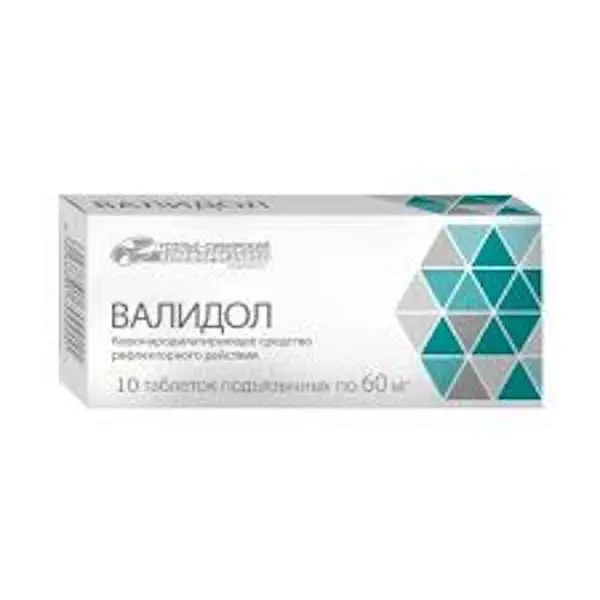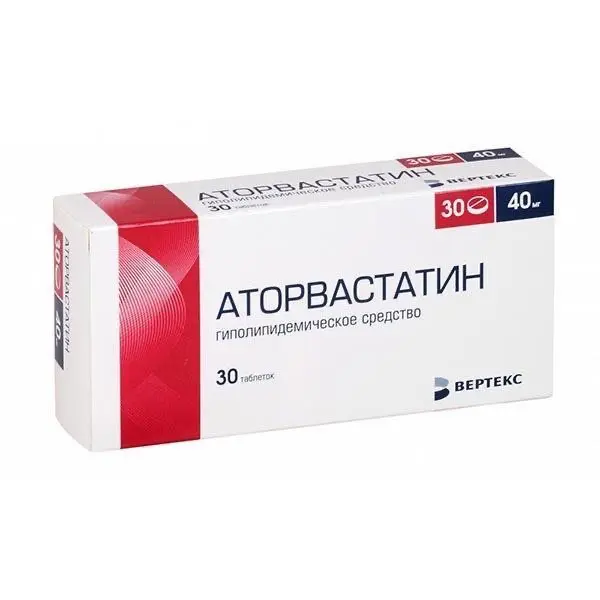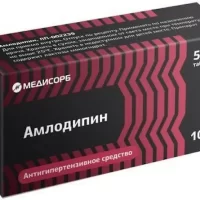Description
Validol with glucose-Renewall Pharmacodynamics
Validol has a sedative effect on the central nervous system, as well as a moderate reflex vasodilator effect, caused by irritation of the sensitive nerve endings. It stimulates the production and release of enkephalins, endorphins and other peptides, histamine and kinins (due to irritation of the receptors in the oral mucosa), which actively participate in the regulation of vascular permeability and the formation of pain sensations. When administered sublingually, the therapeutic effect, on average, occurs within 5 minutes, with up to 70% of the drug released within 3 minutes. After entering the tissues, dextrose (glucose) monohydrate is phosphorylated, becoming glucose-6-phosphate, which actively participates in various metabolic processes in the body and in metabolic processes.
Indications
Functional cardialgia, neuroses, motion sickness syndrome (nausea, vomiting in sea and air sickness).
Contraindications .
Hypersensitivity to the components of the drug, impaired tolerance to carbohydrates. Sucrose/isomaltose deficiency, glucose-galactose malabsorption; age under 18 years (effectiveness and safety not established).
Caution:
Diabetes mellitus.
Pregnancy and lactation:
During pregnancy and lactation Validol with glucose is prescribed only if expected therapeutic effect for mother exceeds possible adverse effect of drug on fetus and infant.
Dosage and administration
Validol with glucose is prescribed under the tongue. The tablet should be kept in the mouth under the tongue until dissolved. Take 1 tablet 2-3 times a day.
If the effect is not pronounced enough or when some patients in the next 5 minutes after taking the drug the effect is not observed, it is necessary to contact the attending physician for the appointment of other therapy.





